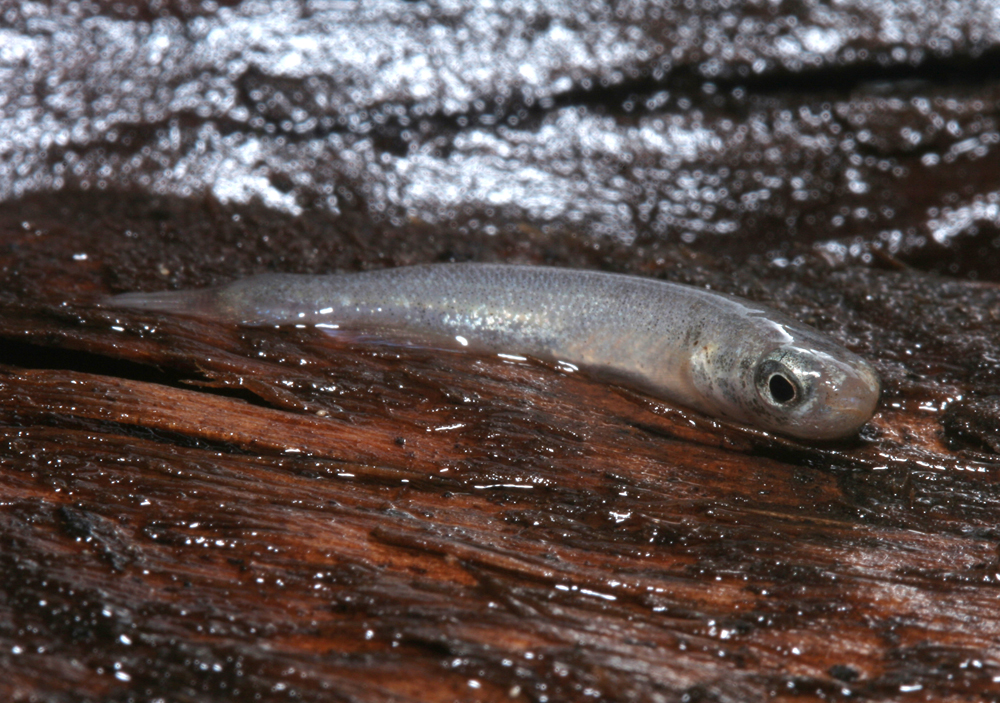Want to Know How to Survive Extreme Environments? Ask an Amphibious Fish
By Adrienne Wan
June 20, 2018

The ability to change the thickness and permeability of its skin is vital to the survival of an amphibious fish living outside of water, suggest new findings from researchers in the Department of Integrative Biology.
The mangrove rivulus, Kryptolebias marmoratus, is an amphibious fish known for its ability to survive for extended periods of time out of its normal marine environment. Now, a team led by Prof. Pat Wright has found that changes in the fish’s skin are key to this remarkable ability.
In air, amphibious fish are in danger of dehydration due to evaporation and osmosis (the movement of water from an area of lower solute concentration to one that is higher - in this case, from the fish’s body to a salty, moist surface, such as under leaf litter or within a rotting log in a mangrove swamp during the dry season). Making matters even worse is the fact that fish are unable to replenish lost moisture by drinking when living out of water.
“How do they survive out of water?” asks Wright. “We’ve recorded them out of water for over 85 days!”
Wright and her team, which included graduate students Quentin Heffell and Andy Turko, expected that the fish’s body water content would drop while exposed to air. Instead, they found that it actually increased, which suggested that the fish employ physiological mechanisms to maintain moisture levels.
The secret seemed to lie in the fish’s skin, an essential organ for regulating the movement of molecules including water into and out of the fish. But how the skin responds to being out of water can vary with its location on the fish.
For example, the team found that air exposure and a salty ground surface led to a thickening of the skin on the upper (dorsal) side of the fish, while skin on the bottom (ventral) side became thinner. Although there was no clear relationship between changes in skin thickness and water movement, the researchers believed it was likely that a thicker dorsal skin helped prevent evaporation whereas thinner ventral skin may have facilitated water uptake from the ground. (Not coincidentally, the team also observed that air-exposed fish spent 70% of their time resting in an upright position with their ventral side in contact with the ground.)
K. marmoratus also appeared to be able to increase the permeability of its skin over time, which further enhanced its ability to absorb ground moisture. Fish that had been out of salt water for seven days were able to take up more moisture from the ground surface compared to fish that had spent only one day out of water.
Wright’s lab is continuing to investigate the peculiarities in K. marmoratus physiology both in and out of water. For example, changes to the fish’s skeletal structure and hemoglobin, and tolerance to hydrogen sulfide (which can be very high in the fish’s typical mangrove environment) are emerging areas of research into these animals.
“You can use amphibious fish to really understand aquatic animals because they’re living in extreme situations,” explains Wright. “These studies can help us understand how other aquatic animals are going to face climate change with changes in oxygen and temperature on the planet.”
Research funding was provided by the Natural Sciences and Engineering Research Council.
Read the full article in the Journal of Comparative Physiology B.
Read about other CBS Research Highlights.